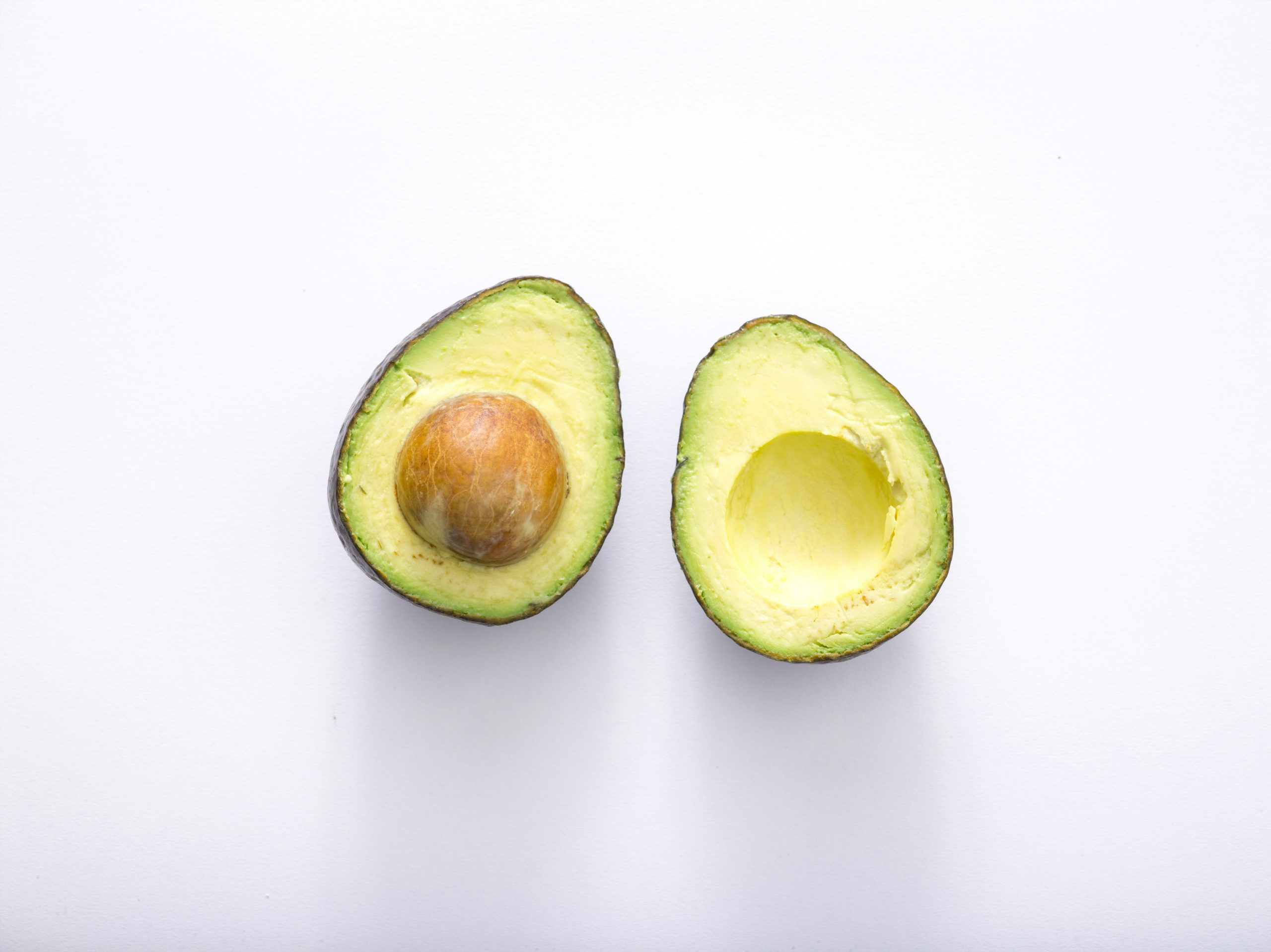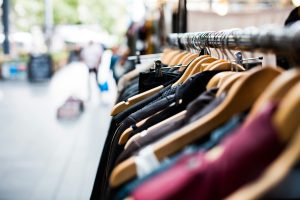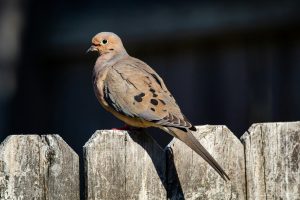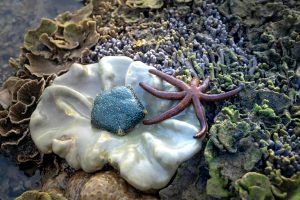Food Waste Fashion: Strawberry Stem Silk & Banana Peel “Fur”
In recent years, the fashion industry has come under scrutiny for its detrimental impact on the environment. From manufacturing processes to disposal of unwanted garments, the fashion industry is responsible for a significant amount of waste and pollution. However, a new trend has emerged in the fashion world that not only addresses this issue, but also promotes sustainability and innovation. It’s called Food Waste Fashion, and it’s taking the industry by storm. In this article, we will dive into the world of Food Waste Fashion, specifically focusing on two unique materials – Strawberry Stem Silk and Banana Peel “Fur”.
What is Food Waste Fashion?
Food Waste Fashion is a growing movement that aims to reduce the amount of food waste in the world by incorporating scraps and by-products from food production into clothing and accessories. It is an innovative approach to sustainable fashion that not only helps to reduce waste, but also promotes a circular economy by repurposing materials that would otherwise end up in landfills.
The Rise of Strawberry Stem Silk
Strawberry stem silk is a material made from – you guessed it – strawberry stems. This material is created by extracting the cellulose fibers from the woody stems of strawberry plants and weaving them into a cloth-like material. The result is a luxurious, silk-like fabric that is not only eco-friendly, but also incredibly versatile.
The Benefits of Strawberry Stem Silk
Aside from being a sustainable alternative to traditional silk, strawberry stem silk has a variety of other benefits. For one, it is hypoallergenic and anti-bacterial, making it an ideal material for individuals with sensitive skin. Additionally, it is biodegradable, meaning it will naturally decompose at the end of its life cycle, leaving no harmful waste behind.
The Versatility of Strawberry Stem Silk
One of the most exciting aspects of strawberry stem silk is its versatility. It can be blended with other natural fibers, such as cotton or wool, to create a variety of different textures and fabrics. It can also be dyed using natural, plant-based dyes, making it a sustainable and eco-friendly option for colored clothing. And because it is lightweight and breathable, it is suitable for both warm and cool weather garments.
Banana Peel “Fur”: A Sustainable Alternative to Animal Fur
Animal fur has long been a controversial material in the fashion industry due to ethical concerns surrounding the treatment of animals. But now, thanks to Food Waste Fashion, we have a sustainable alternative – banana peel “fur”.
How is Banana Peel “Fur” Made?
This unique material is made by collecting discarded banana peels and processing them into a soft, furry fabric. The peels are first boiled to remove the natural sugars and starches, then mashed into a pulp. From there, the pulp is spread out and left to dry, resulting in a soft and fluffy material that resembles traditional animal fur.
The Benefits of Banana Peel “Fur”
Aside from being a more ethical alternative to animal fur, banana peel “fur” also has a number of other benefits. It is water-resistant, hypoallergenic, and biodegradable, making it a sustainable option for use in clothing and accessories. And because it is made from a waste product, it helps to reduce the amount of food waste in landfills.
How Can We Incorporate These Materials into Fashion?
The possibilities for incorporating strawberry stem silk and banana peel “fur” into fashion are endless. From high-end designer clothing to everyday wear, these materials offer a sustainable and innovative option for fashion lovers. Some designers have already started using these materials in their collections, and it is likely that we will see more and more of them in the future.
The Future of Food Waste Fashion
Food Waste Fashion is still in its early stages, but it has the potential to make a significant impact on the fashion industry and the environment. By utilizing food waste to create sustainable and innovative materials, we can reduce our carbon footprint and promote a more circular economy. Who knows, in the near future, we might be wearing clothes made from broccoli stems or potato peels. The possibilities are endless.
In conclusion, Food Waste Fashion is not only revolutionizing the way we think about clothing, but also helping to address the issue of food waste. With materials like strawberry stem silk and banana peel “fur”, we can look fashionable while reducing our environmental impact. It’s time to embrace this new trend and make a positive change for our planet.











